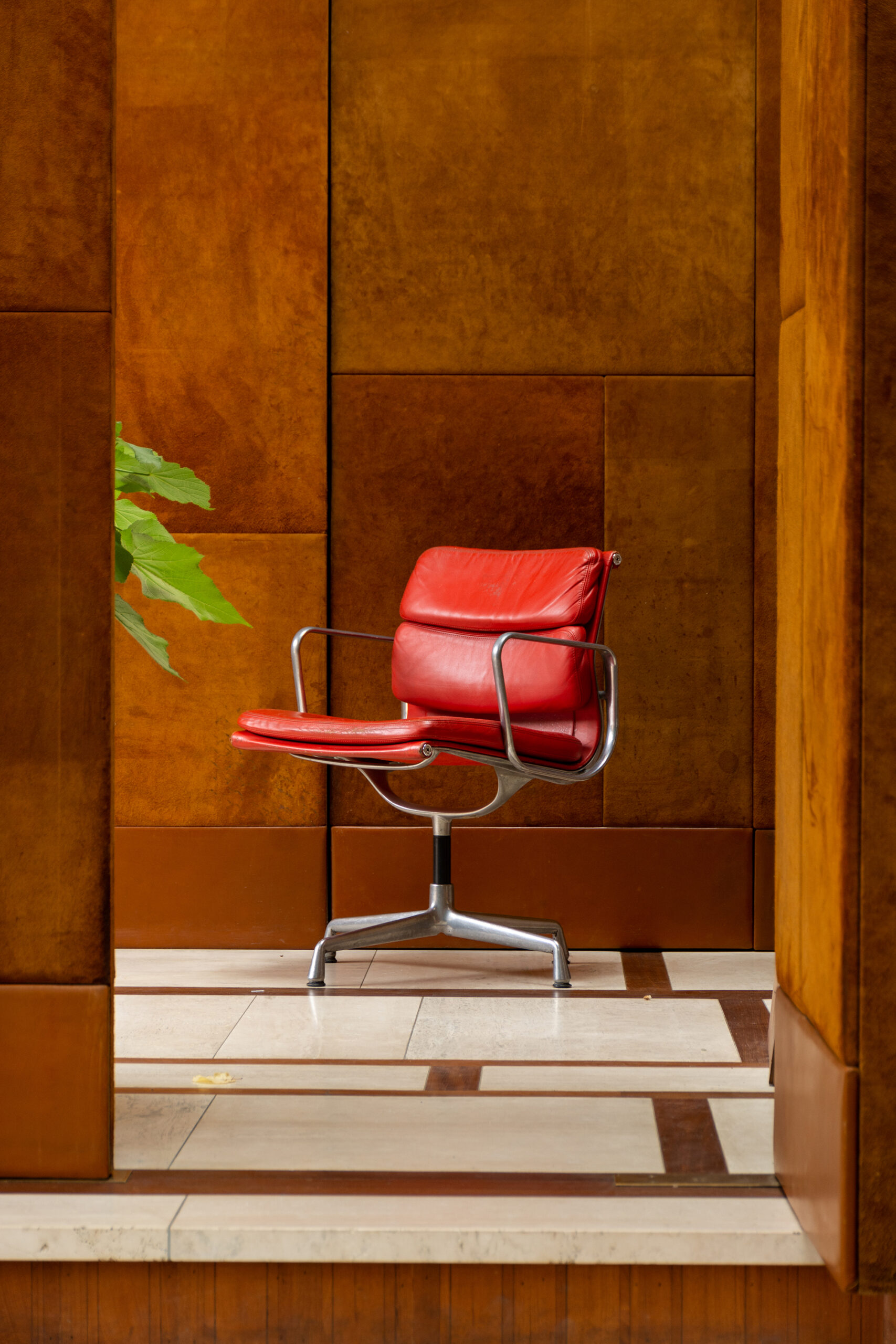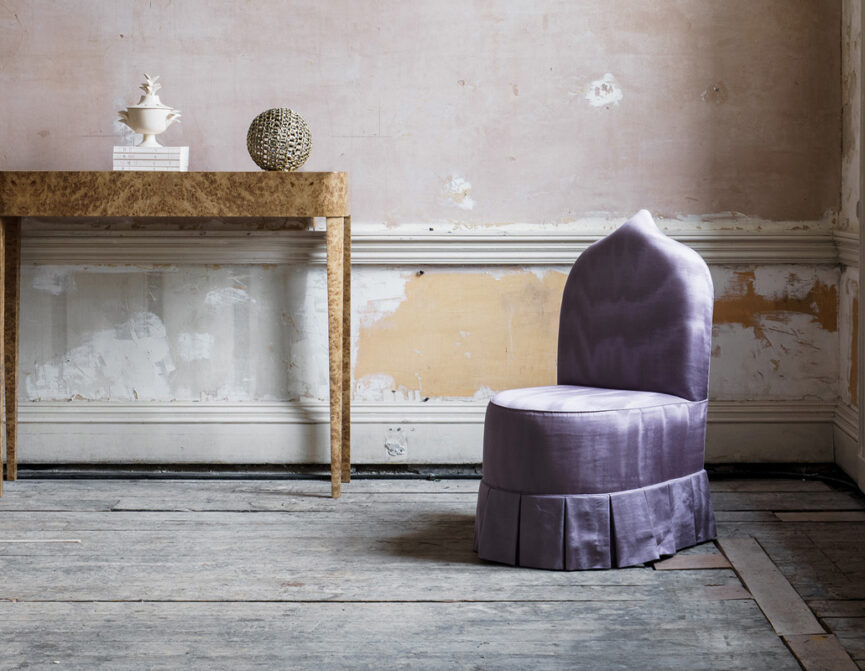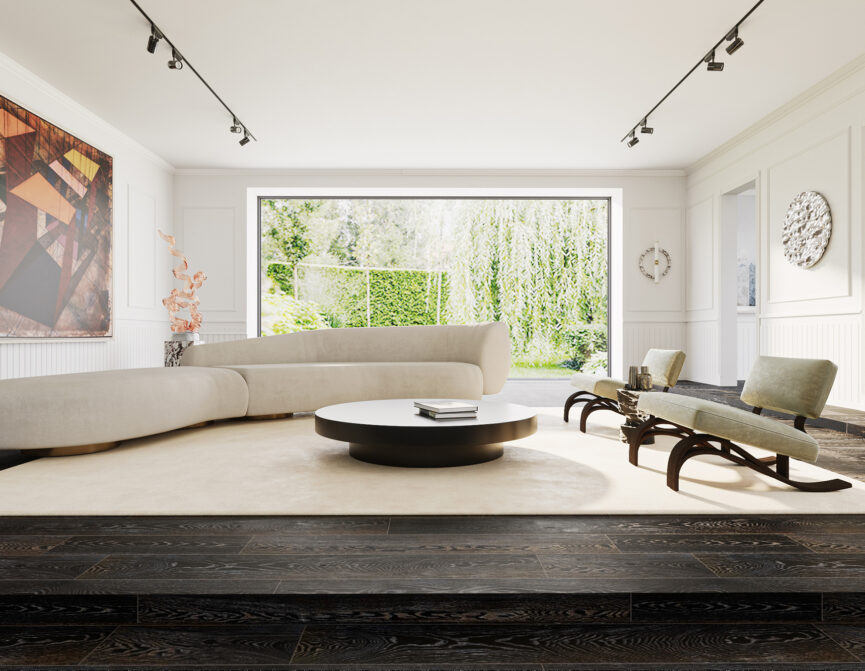Maria Speake and Adam Hills, the co-founders of Retrouvius discuss the benefits of repurposing and what it means for the environment.
Husband-and-wife duo Maria Speake and Adam Hills co-founded the salvage and interiors company Retrouvius in response to the waste of high-quality building materials. Since setting up in 1993, they’ve become masterful rummagers, brilliantly clever at sourcing and using interesting second-hand and vintage pieces. Browse their showroom in northwest London – a trove of reclaimed treasures – and you’ll soon understand their proclivity for finding beauty in rescued materials.
Their pair met while studying architecture at the Glasgow School of Art, working on a project that found them sifting through discarded building materials in a skip – an experience that shaped their love for materials and passion for conservation. Their deep understanding of the value and finite nature of materials translates effortlessly into their work. “We’re all beginning to wake up to the environmental consequences of the climate crisis. If a material already exists, why shouldn’t it be used?” Adam asks.
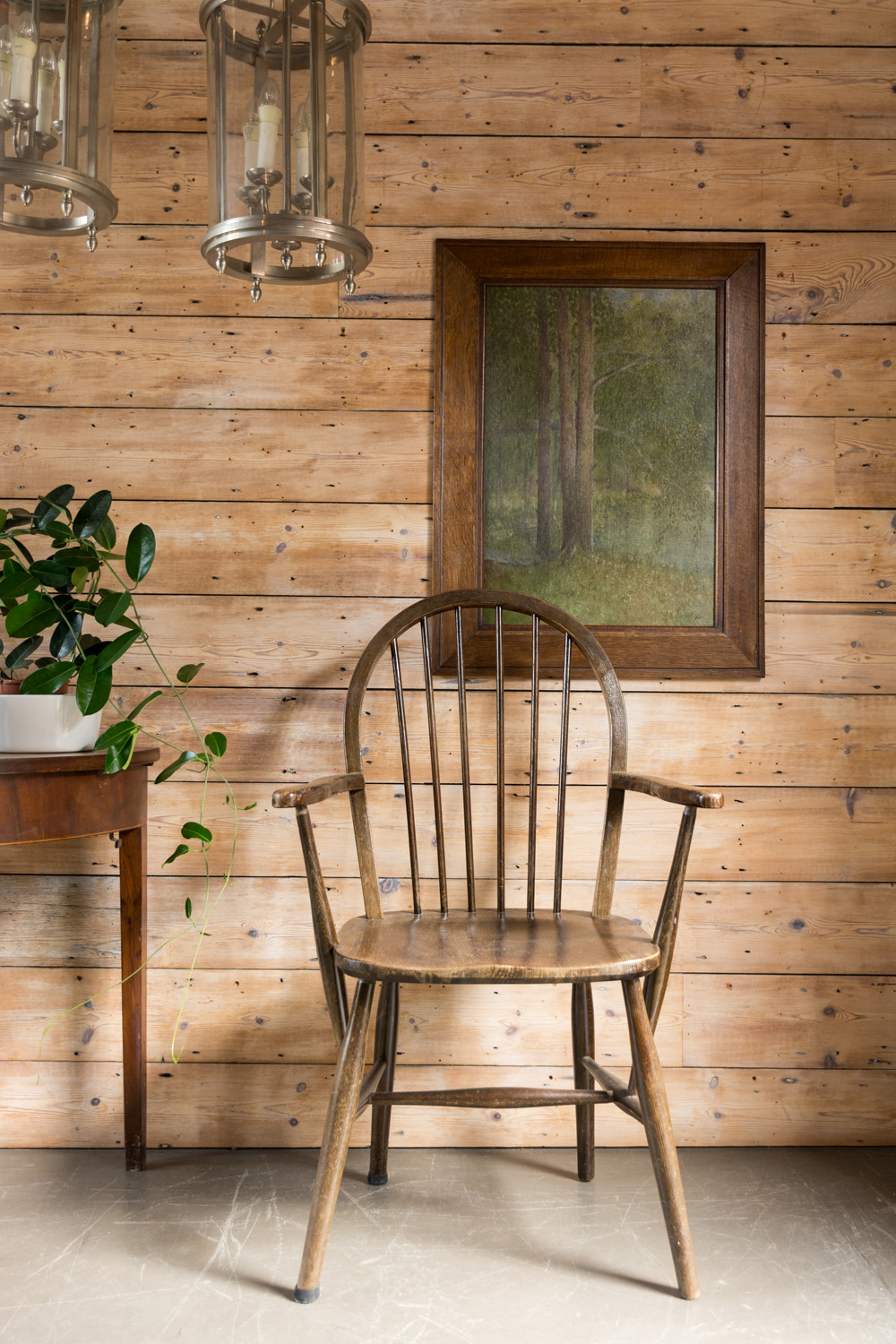
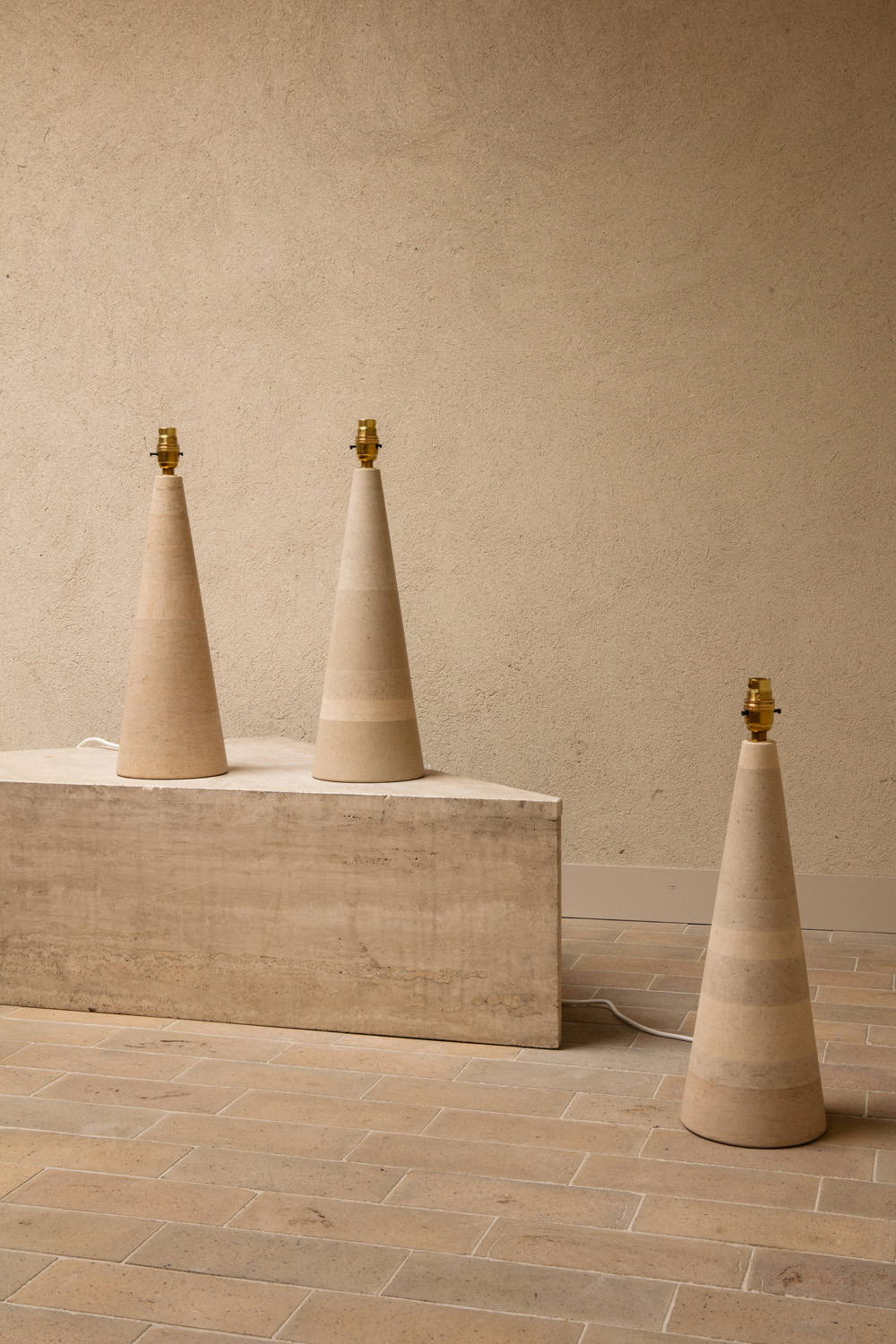

Adam heads up the salvage side of the business and is most often found in the studio’s showroom, while Maria turns her hand to interior spaces – particularly in high-end homes. The look she creates is elegant, layered and timeless, bringing together colour, pattern and history with expertise and an unerring eye. No matter how different in style, the homes she creates are unfailingly comfortable, characterful spaces with lively combinations of antiques, salvaged materials, rare textiles and custom-made furniture. Older pieces brought into newer urban homes can ground a space – a comforting feeling in the heart of a busy city.
We’re all beginning to wake up to the environmental consequences of the climate crisis. If a material already exists, why shouldn’t it be used?
- Adam Speake
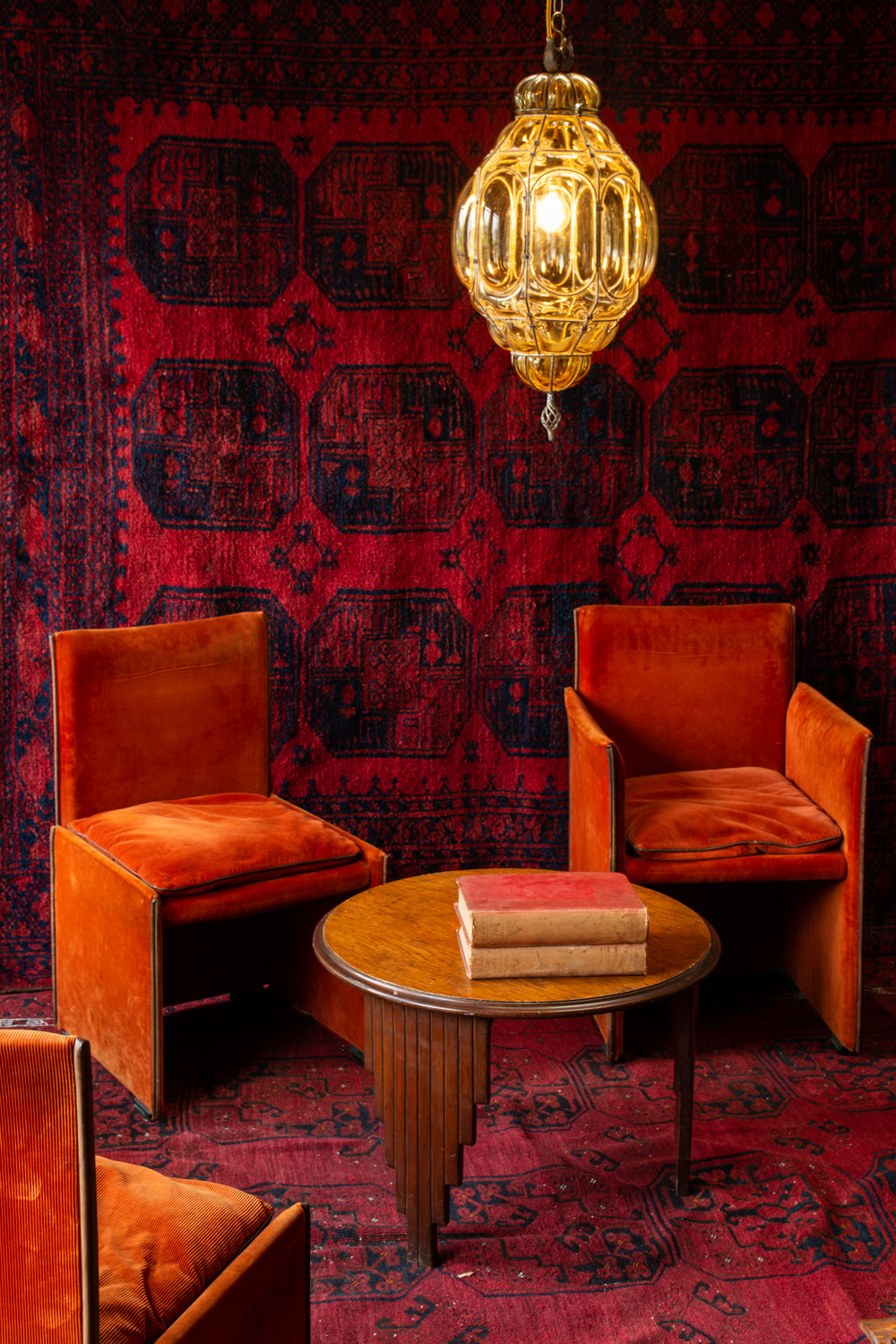
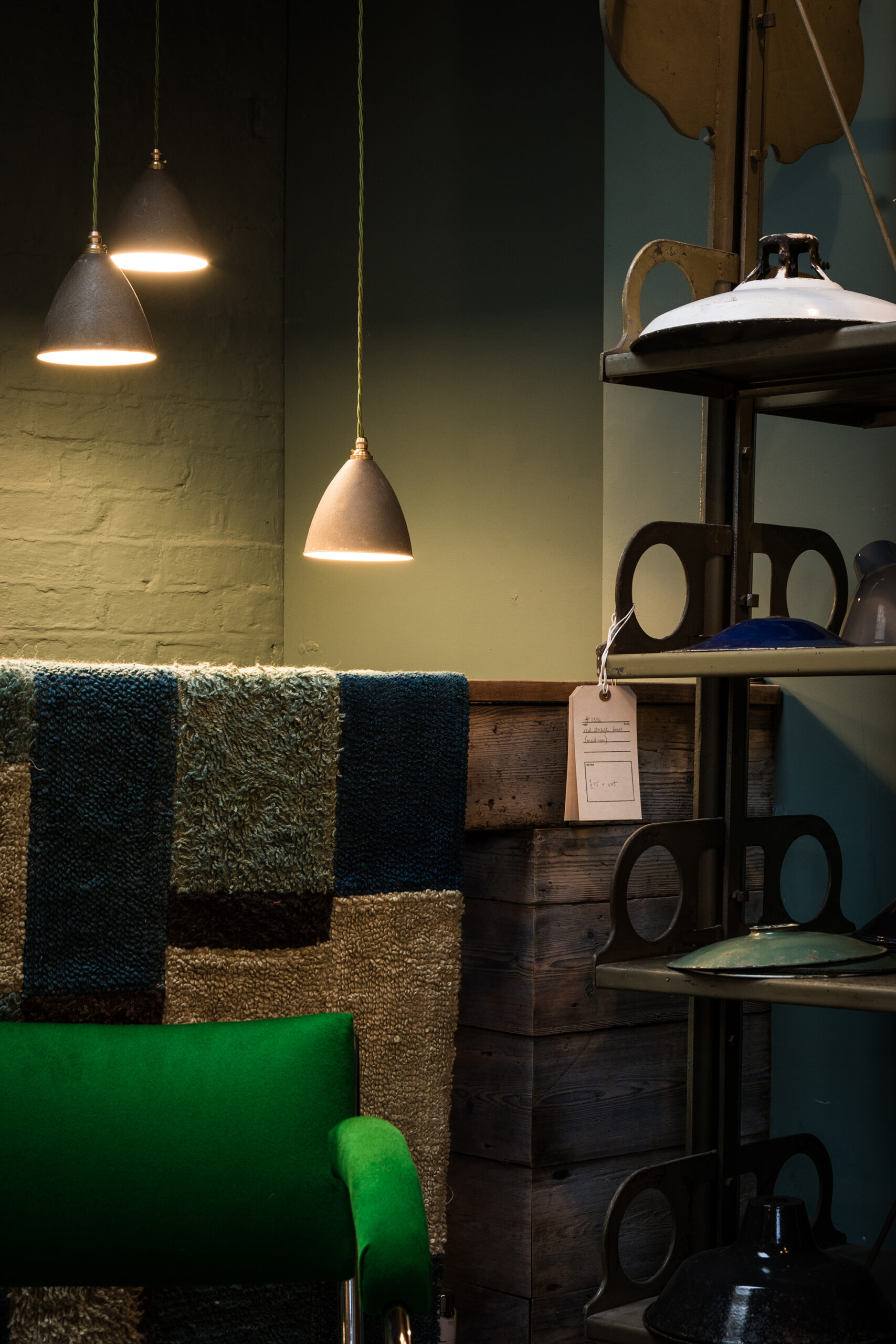

Theirs is a belief that’s best expressed in their Notting Hill project; a bohemian three-bedroom townhouse spread across four floors that has been given a serene, rustic aesthetic. “As we worked on this project, there were two themes that we explored: textiles and timbers,” Maria explains. “The various tactile qualities of the reclaimed timber are just gorgeous, while the vintage textiles give the house a global quality – you can travel the world from that house.”
For Retrouvius, the concept for a space begins with a piece of salvage which they then design around, rather than searching for salvage that will fit a pre-existing vision. When a long slab of stone is found it will never be cut up, showers or splashbacks are instead planned around its dimensions. Surfaces that incorporate timber will be designed depending on what mood it brings. Every surface feels inviting and generous. One favourite material at Retrouvius is cheeseboard: pine planks that were previously used for storing maturing gouda in the Netherlands, and has a tactile, chalky finish. Their wide dimensions make them relatively easy to use in joinery.
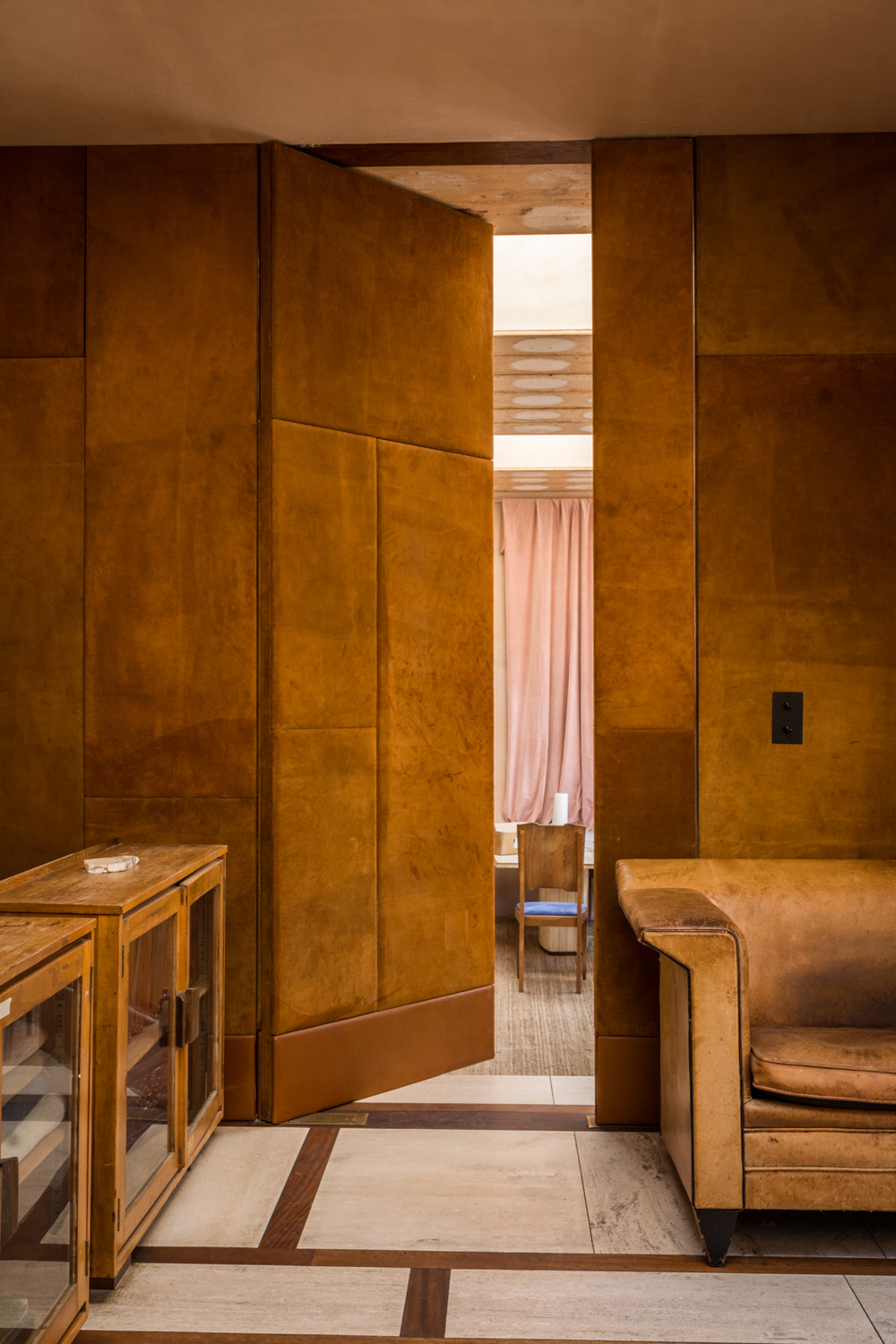
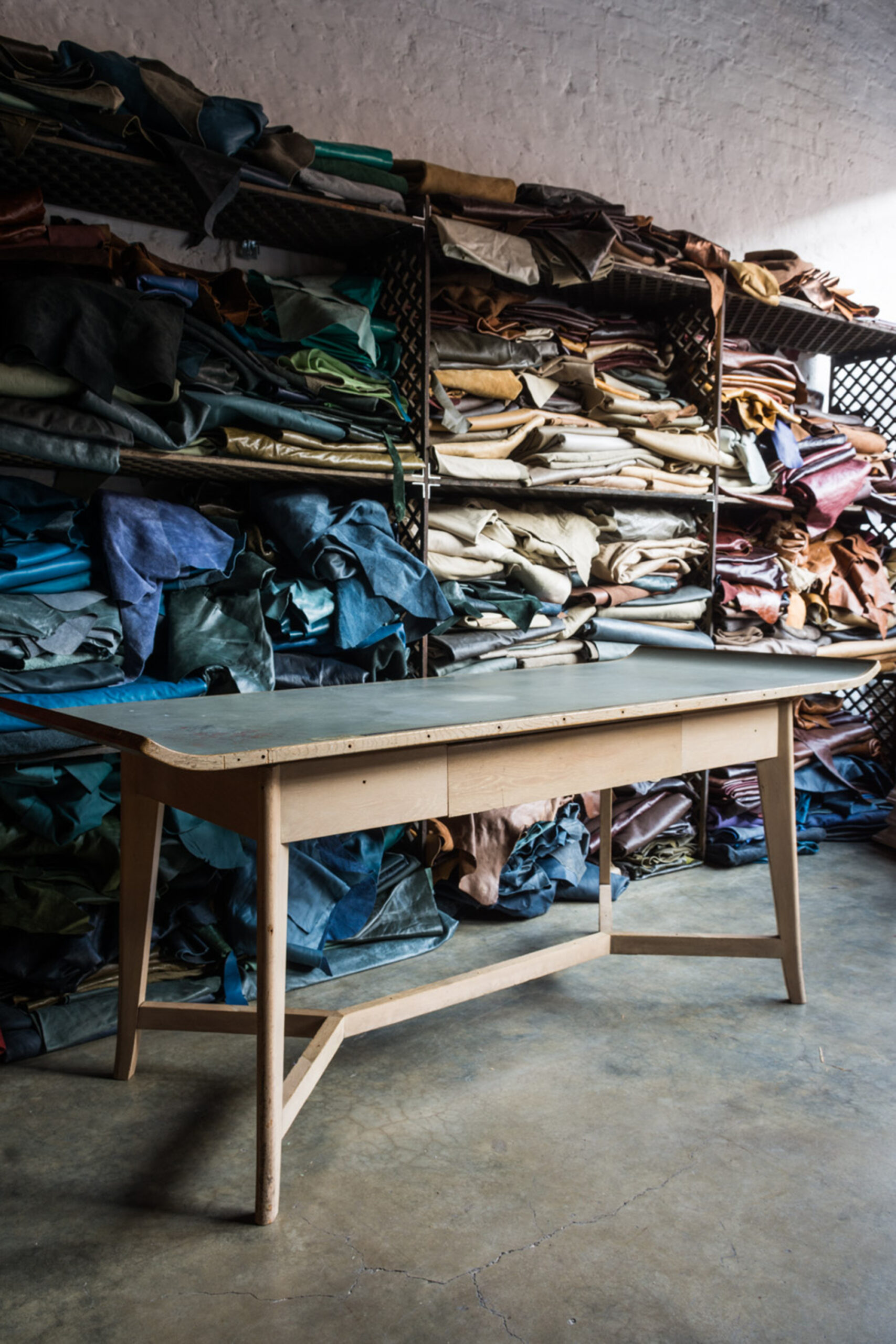

The Retrouvius showroom brims with such treasures from Adam’s urban mining: antique lights hang from the ceiling, old doors lean against the walls and stacks of vintage textiles await a new life. It’s a striking insight into the volume of waste caused by London’s constant construction.
The idea of salvage and reuse has been around for years but Retrovius are part of a movement bringing them into the mainstream, changing negative perceptions of what it means to breathe life into rescued materials. “There’s a shift in how designers see the potential of using salvage to redesign a space and its obvious environmental benefits.”
Salvage is not just about sustainability. For Retrouvius it’s also about the human story and sense of history you feel in a material that has a past life.


